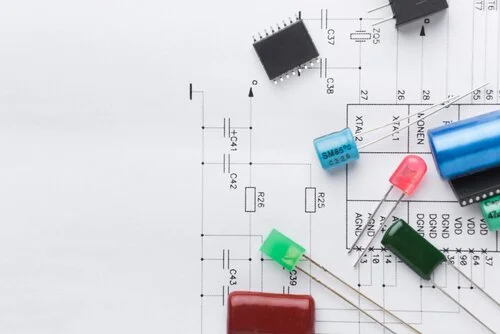
In the ever-evolving world of electronics, components inevitably become obsolete as newer, more advanced models emerge. However, for many industries, older systems still rely on these discontinued components, creating challenges in maintenance and supply. Here, we explore the common hurdles of dealing with obsolete components and provide practical strategies for overcoming them.
One of the most pressing issues with obsolete components is locating compatible spare parts. When a discontinued component fails or requires replacement, finding an identical match can be a daunting task.
Solution:
When original components are unavailable, exploring alternatives can be a viable approach. However, this requires careful evaluation to ensure the substitute components meet the technical and performance requirements of the system.
Solution:
The key to successfully navigating the challenges of obsolete components lies in partnering with dependable suppliers. These suppliers have access to vast networks and are often well-equipped to track down hard-to-find parts.
Solution:
Industries such as automotive, aerospace, and medical devices often depend on legacy systems that require obsolete components for continued operation. The unavailability of these parts can lead to downtime, higher costs, and disrupted operations.
To mitigate these risks, businesses must adopt proactive strategies:
While dealing with obsolete electronic components presents unique challenges, it is possible to navigate them successfully with the right strategies. By focusing on sourcing spare parts, exploring alternative solutions, and collaborating with reliable suppliers, businesses can maintain operations, extend the lifespan of their systems, and minimize disruptions.
Be prepared for the challenges of obsolescence by staying proactive and innovative. With the right approach, you can turn these challenges into opportunities for growth and resilience in your projects.